Grace, Beauty, Soul…Toyota?
Posted on Aug 16, 2022 in Antique | Comments Off on Grace, Beauty, Soul…Toyota?
I have always hated Toyotas. When I see them on the road, there is an instant feeling of disgust that wells up inside of me, which is inevitably combined with feelings of pity and anger at the people behind the wheel. Toyotas are sad, boring, and bland as Cream of Wheat. But, there was a time, albeit short lived, when a Toyota had grace, beauty, and soul.
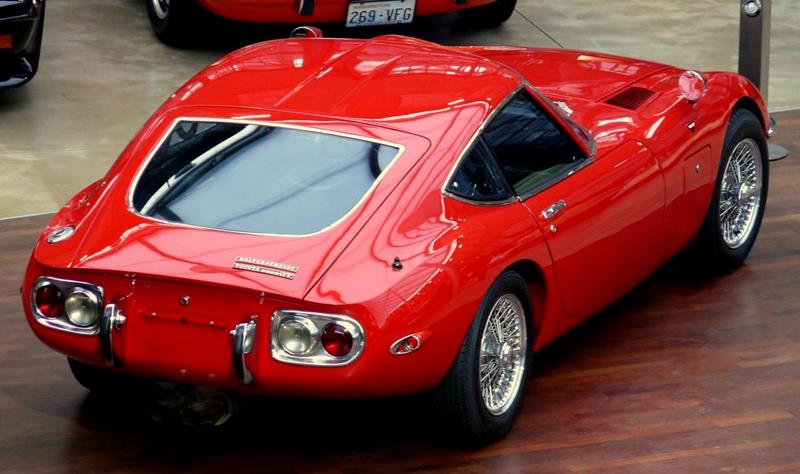
Surprising the world, Toyota in 1965 unveiled a car that would rival the best from Britain and Italy. Named the 2000GT, it was a sleek and graceful grand tourer that remains the absolute pinnacle of Japanese automotive design. Its design is a story all its own. Originally, Albrecht Goertz (real name Count Albrecht Graf von Schlitz genannt von Gortz von Wrisburg), a Raymond Loewy protégé teamed with Yutaka Katayama on an assignment for Yamaha. They originally designed the Silvia 1600 Coupe, unveiled in 1964, a car that was quickly panned by the critics then shelved. Undaunted, the two went on to pen a new sports car aimed at Nissan’s American market. This new car was to use a Yamaha designed 2.0 liter engine, which Nissan hated, and so this design was also shelved.

Enter Toyota. They contracted Yamaha to design a GT/sports car to lift its brand image. Yamaha showed the Toyota people the shelved Nissan design as an example of what they were capable of. Toyota like the idea, hired Yamaha, and then had its own in house designer Satoru Nozaki create the design for the 2000GT. The original Goertz/Katayama design went on to become Nissan/Datsun 240Z.
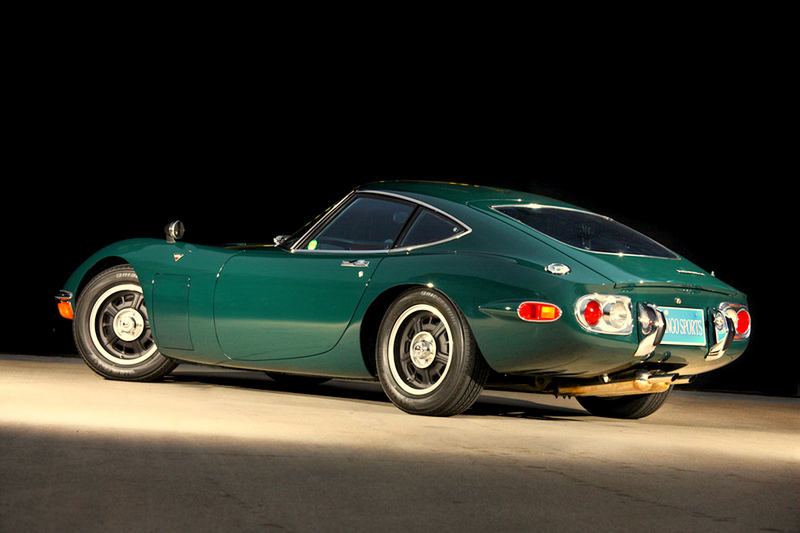
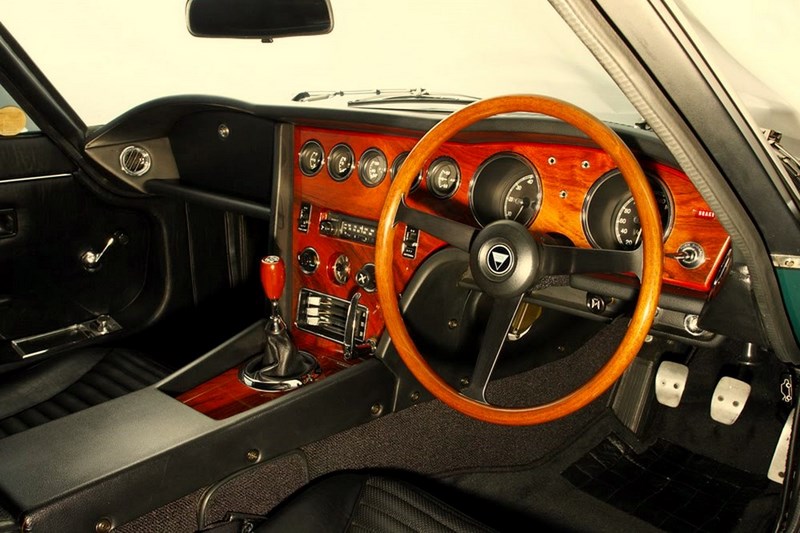
The 2000GT was to be a Jaguar E-Type beater, only lighter and more nimble. With a chassis based on the Lotus Elan, the 2000GT is shorter, narrower and much lower. Measuring only 45 inches tall (5 more than a GT40), and weighing in at less than 2500 pounds, the car was nimble but not necessarily quick. With an aluminum body, the 2000GT was the first Japanese car to feature 4-wheel disk brakes and a limited slip differential. The engine was a souped up 2.0 liter in-line six from the Toyota Crown sedan. Creating 150hp, it gave the car a top speed of 130mph, and the record for the fastest car ever from Japan. Eventually, a nice set of Webber carbs boosted the power to 200 horses.
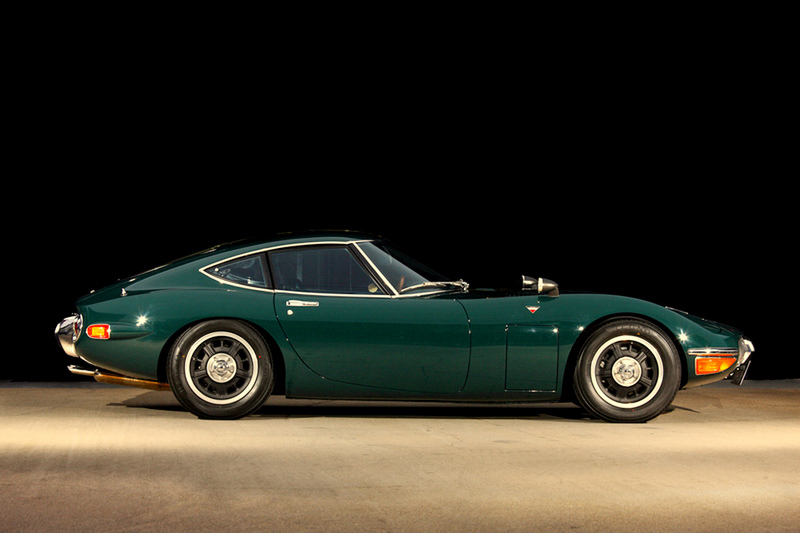

It took Toyota and Yamaha two years before the car rolled off the assembly line, and even then only 351 copies were ever made. Of those cars, 84 were made left had drive, and only 62 were destined for the United States. The price was $6,700 in 1967, which was $1000 dollars more than the Jaguar E-Type. In order to create heritage for the car, Toyota started racing the 2000GT. In 1966, it came in third in the Japanese Grand Prix, and in 1967 another won the Fuji 24-hour event. Carroll Shelby even raced a pair of the cars in SCCA competition, while others set FIA speed and endurance records.
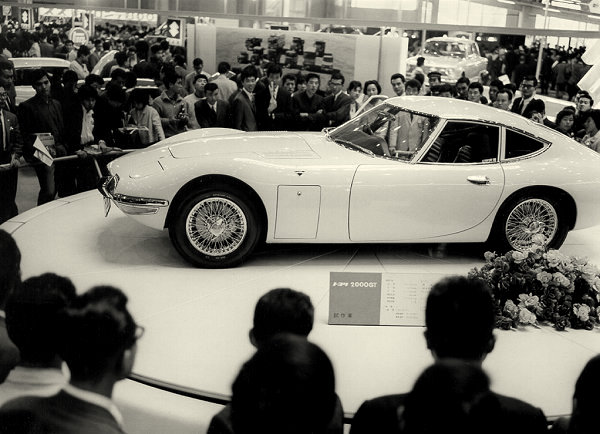
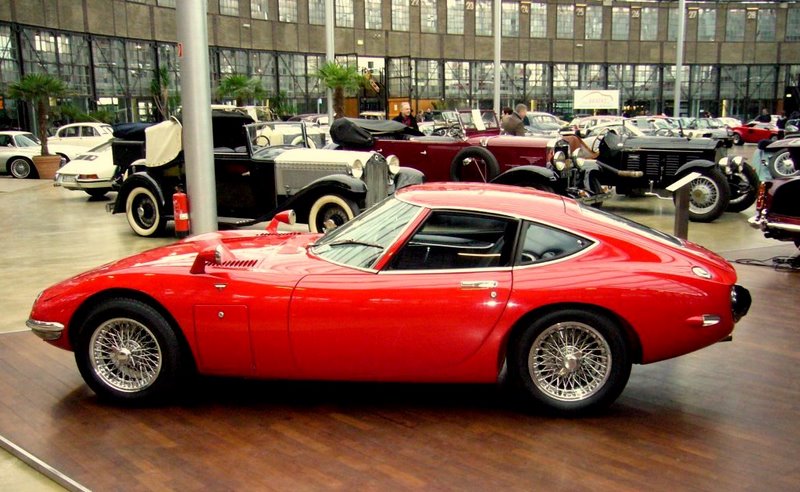
Part of the cars cache also came from film. In 1967, a special convertible version of the car was seen in the James Bond 007 film “You Only Live Twice,” but even this has a story attached. The original car was set to be the new Chevrolet Camaro, until it was decided it would look strange in a film set in Japan. When the 2000GT was chosen, it was discovered that Sean Connery couldn’t fit in the low slung car. The film directors decided to have a targa version created, which produced its own set of problems. First, the targa limited camera angles, and second, Connery’s head stuck out an absurd amount above the window frame making him look ridiculous. Finally, the director decided on a topless version which was formed to look like an actual convertible (it had no real roof). This worked well, until the movie was shot. Connery’s co-star, Akiko Wakabayashi didn’t know how to drive, so the actual driving was done by stuntmen in wigs. Close ups were done with the car stationary, and sometimes used another model convertible. In fact, some of the driving scenes actually show that the car dashboard is from a different model.
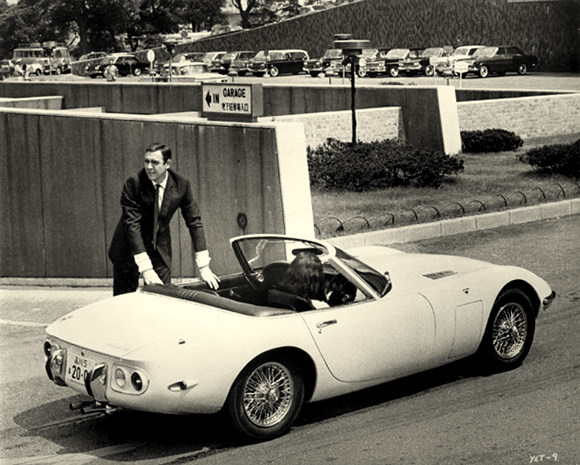
All this still ended with Toyota ceasing production of the car in 1970. It was too rare, too expensive, and unprofitable to continue. Worse yet, Toyota never realized the true potential of the car. It took Nissan/Datsun designers to understand that a vehicle like the 2000GT could be created, only with a much lower price. This type of Japanese sports car could compete with the pony cars of America like the Mustang and Camaro, and have great success in the US. Eventually, Nissan did just that developing the 240Z, using the shelved design that inspired the 2000GT. The Nissan Z cars hold the record as the best selling sports car series of all time.
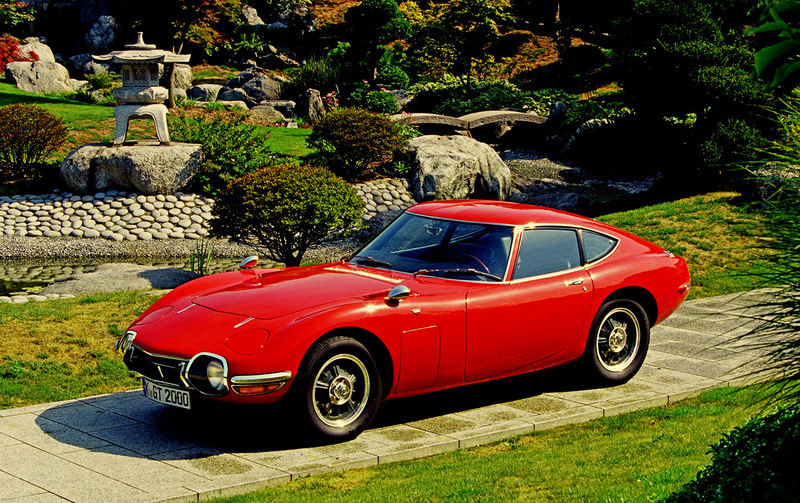





.gif)

